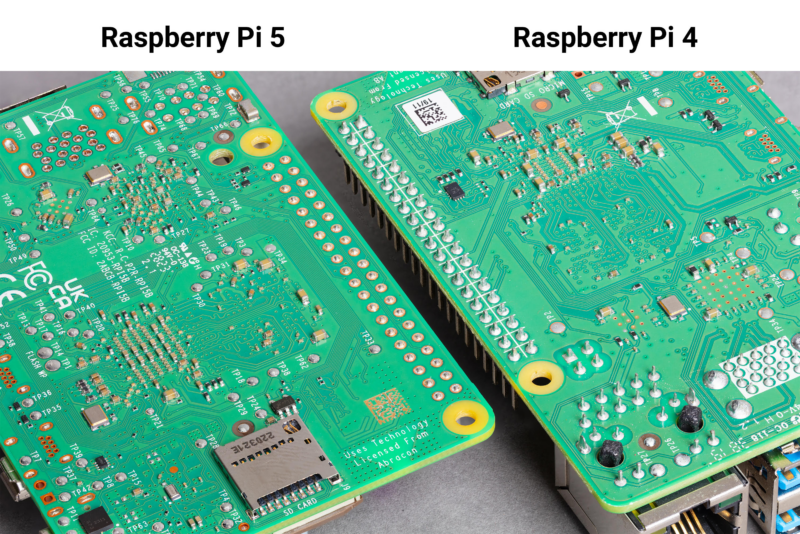
"Getting the hang of through-hole soldering is tricky for those of us tinkering at home with our irons, spools, flux, and, sometimes, braids."
"In the early days of Raspberry Pi, these parts were inserted by hand, and later by robotic placement."
"Now Pi boards have their tiny bits and bigger pieces soldered at the same time through an intrusive reflow soldering process undertaken with Raspberry Pi's UK manufacturing partner, Sony."
"These require robust solder joints, which can't be done the same way as with SMT (surface-mount technology) tools."
Through-hole soldering is vital for Raspberry Pi boards, especially for components like the 40-pin GPIO header, ethernet, and USB ports that require robust joints. Initially, components were placed manually and later by robotics, followed by wave soldering. However, current manufacturing processes utilize an intrusive reflow soldering method, allowing simultaneous attachment of both small and large components. This shift improves efficiency and solder quality, reflecting the evolution of soldering techniques in the production of Raspberry Pi products.
Read at Ars Technica
Unable to calculate read time
Collection
[
|
...
]